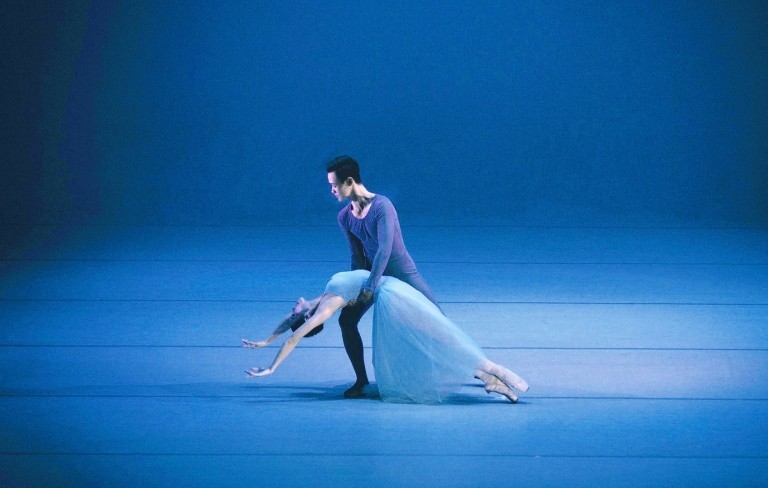
Dance requires the same physical demands as any other sport related activity. There are repetitive motions, the impact of landing, and end-range sustained postures. So despite common belief, the susceptibility for injury is just as high as it is for football, rugby, baseball, and soccer.
Many professional dancers may already have 15 years of dance experience under their belt by age 20, since they often start training at around 5 years old. During the weekdays, these dedicated athletes will routinely practice technique for most of the day, followed by rehearsal late into the afternoon and evening. In addition, a similar schedule is followed on the weekends.
Because of the reasons described above, most dance injuries occur due to overuse/repetitive stress as opposed to a single traumatic event. In fact, overuse injuries account for 75% of reported dance injuries.
It is likely that dance injuries are underreported due to these factors:
- Lack of record keeping
- Ballet dancers (in particular) have been shown to have a higher pain threshold and higher pain tolerance than non-dancers and thus tend to under report injuries.
- Dancers have been shown to poorly differentiate between the pain that comes along with dance performance and pain due to actual injury.

Primary Areas of Concern for Dance Injuries:
- foot/ankle
- Leg
- Knees
- Hips
- Lower back
Note: All dance injuries include the above areas of concern; however more dynamic dance techniques will involve injuries to the neck, mid back, shoulders, elbows, wrists and hands.
Overuse Dance Injuries Range From:
- Sprains and strains to the ligaments and muscles
- Tendonitis and tendinopathies (achilles, patellar tendon, hip flexor tendons, quadriceps, tibialis posterior, tibialis anterior, hamstring, peroneal)
- Stress fractures
 Dance Injury Prevention Recommendations:
Dance Injury Prevention Recommendations:
- Incorporate a proper warmup and cool down.
- Always work towards ideal technique for your body with the help of your dance instructor to assess alignment and positioning faults such as:
-
- “Sickling” (forefoot/hindfoot varus during demi-pointe/en pointe)
- “Winging” (forefoot/hindfoot valgus during demi-pointe/en pointe)
- “Rolling In” (overpronation of the foot)
- Poor turnout (attempting to turn out despite lack of hip mobility)
- Anterior pelvic tilt (related to muscular imbalance of the core)
- Seek treatment from a provider who understands functional movement, and who can help you become aware and make changes regarding:
-
- Core muscle strength
- Weak eccentric strength of the lower extremities (feet/ankles, legs, thighs, hips)
- Pelvic and hip muscle imbalances
- Whole body mobility, stability, and posture
- Stay aware of overuse and fatigue. Learn to listen to your body and know when not to dance through pain.
- Be aware of your foot type and any structural changes:
-
- Pronated/supinated
- Flat foot/high arch
- Changes in the big toe
- Hallux rigidus
- Hallux valgus
- Be aware of environmental hazards: hard floors, stage debris, and ill fitting shoes (Note: some forms of dance are done barefoot).
- Consider sports nutrition and hydration.
If you’re concerned about an overuse dance injury or concerned about your risk for injury, we’re here to help. Our dance injury screening includes a functional movement assessment to find out the root-cause of your pain, as well as to discover any existing risk factors. Call us at 561-318-8070 to schedule your first appointment!





